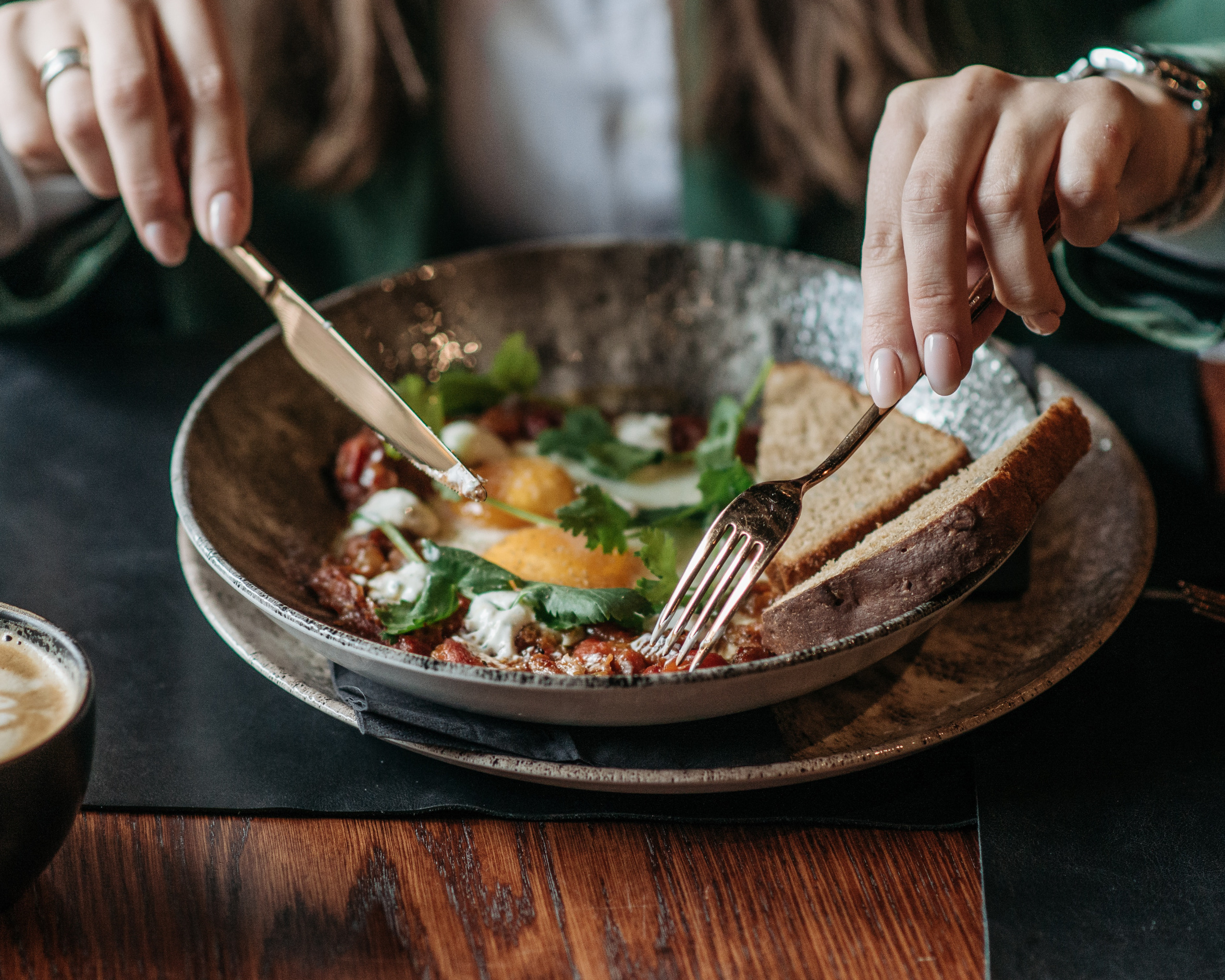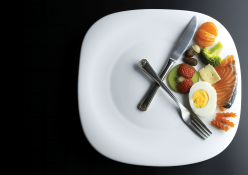Food freedom? We’ve heard about terms like ‘mindful’ and ‘intuitive’ when it comes to dieting, all of which denote a more positive outlook on our eating habits. Recently, another term has made its appearance in the world of health and wellness…
Diets have come and gone over the years, but one thing most of them had in common is that they entail some form of food restriction. This, accompanied by the world’s idea of an ‘ideal body’, has created a spike in the risk for anxiety, depression and eating disorders.
Luckily, the world is opening its eyes as more and more people are not allowing diet culture and the thin ideal to rule their lives any longer. With it came many trends in the wellness world that follow a much more flexible and inclusive approach, such as intuitive eating and body positivity.
A more recent term that you might have come across on social media or the internet is ‘food freedom’ – the name in itself almost allows for a breath of relief. Who doesn’t want to be free from food restrictions and skewed body ideals? We take a closer look at this wellness trend to find out if it has any grounds.
Food Freedom Defined
Food is something that should go hand in hand with positive emotions – it’s what makes us stronger, contributes to wellness and is what brings people together. Yet so many of us have a bad relationship with what we eat, and it’s sadly taking away everything that should be pleasant about food.
Many of us have fallen in the trap of at least one diet frenzy (and there is a plethora of them, too). Perhaps you have put a restriction on certain foods, be it carbs, gluten, dairy or sugar. Maybe you’ve made a pact with yourself to never eat processed foods again. Or perhaps you weigh every bite of food to make sure it doesn’t surpass your recommended calorie and macro intake. Gosh! Even the thought of it sounds exhausting. And most of the time all this effort is done simply to fit in with society’s unrealistic and highly degrading beauty standards.
It’s about time we chuck all these joy-sucking rules out of the window and embrace freedom – food freedom, to be exact. This anti-diet movement is about letting go of rigid rules around food, including when, how much and how often to eat. It is important to take note that food freedom does not promote overindulgence. Instead, it allows us to not feel guilty about eating the foods that we truly enjoy, to follow our bodily cues (hunger and fullness) and not feel shame for indulging in that sweet treat after dinner.
Melissa Hartwig, author of Food Freedom Forever, defines the movement perfectly: ‘Food freedom is feeling in control of the food that you eat, instead of food controlling you.’
I Want To Break Free
Are you ready to escape from the hold that diet culture has on your life? Here are a few tips to do just that:
1. Listen to your bodily cues – Don’t let your watch or the size of your plate dictate when it’s time for breakfast, lunch or dinner and how much to eat. Instead, try to eat only when you feel hungry and up until you feel full.
2. Focus on feel-good foods. Incorporate more of the foods that you enjoy, that nourish and energise you. You shouldn’t force yourself to feed on carrots and salads if you dislike it. Which leads to our next tip…
3. Stop seeing foods as ‘bad’ or ‘good’. And similarly, don’t see yourself as ‘bad’ or ‘good’ depending on the food that you just enjoyed.
4. When you eat, try not to devour it in seconds. Rather take your time to enjoy each and every bite, and avoid any distractions while doing so.
5. If you deem it necessary, speak to a healthcare professional or registered dietician who follows a food freedom or intuitive eating approach to guide you to a healthier relationship with food.
The journey to healing your relationship with food won’t necessarily be a breeze; it may be a long road full of stumbles and falls. But nevertheless, it is a road worth walking to reach your destination: food freedom.
What Is Intuitive Eating?
There are typically two spectrums of intuitive eating – it is either used as an anti-diet approach or as another weight-loss mechanism. The first of these spectrums can be used as a valuable tool to reach food freedom. In simple terms, it promotes eating as something that should happen intuitively. This means eating only when you are hungry and stopping when you reach fullness.
Text: Bianca Muller; Photography: Pavel Danilyuk







